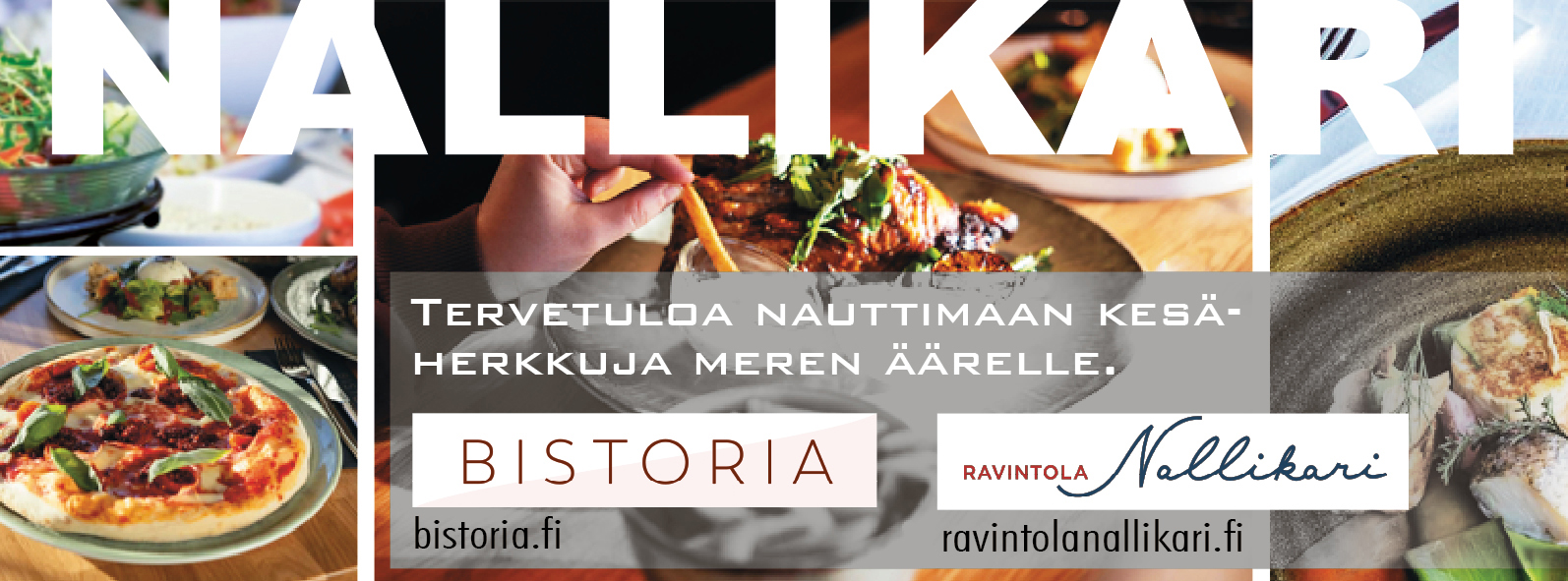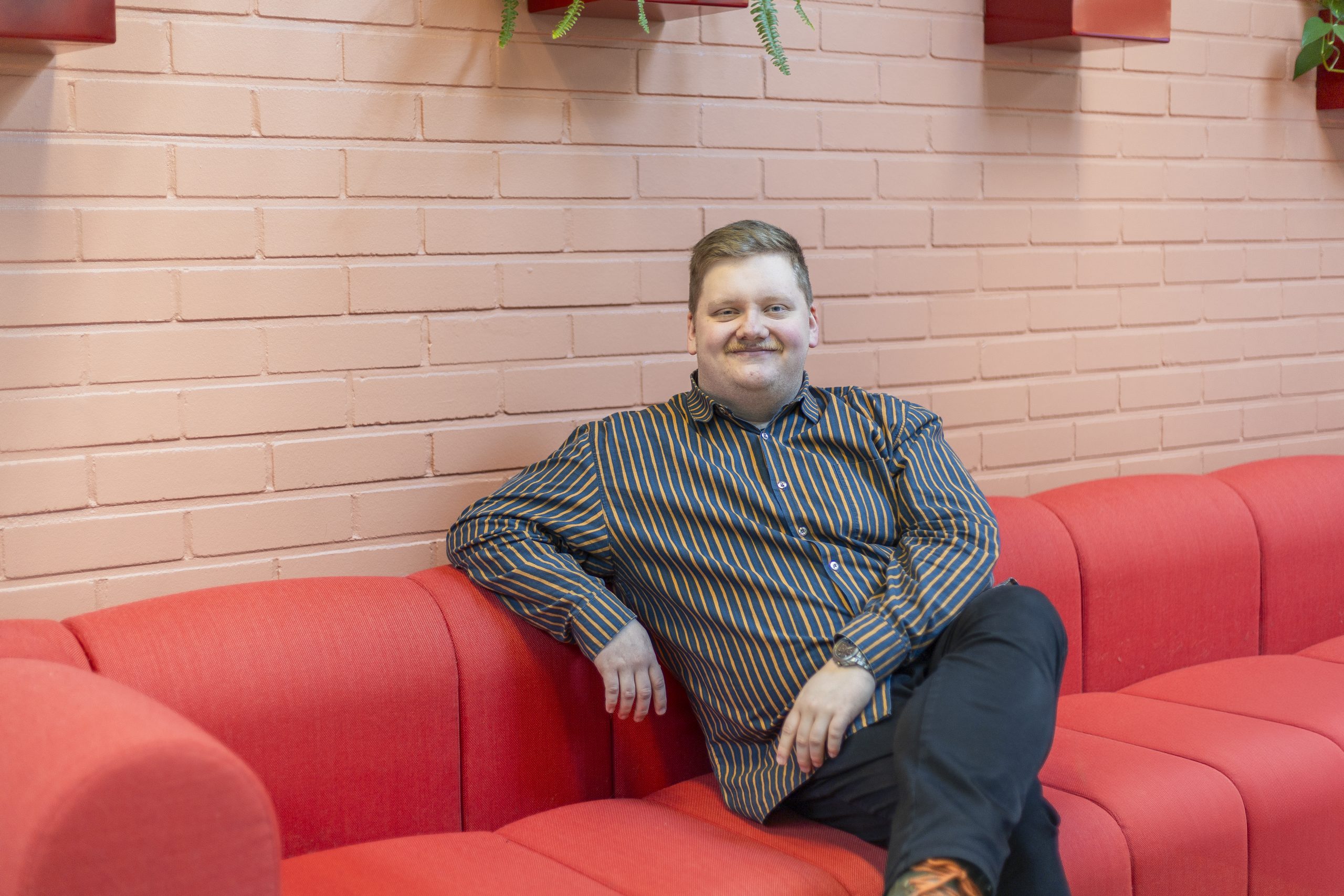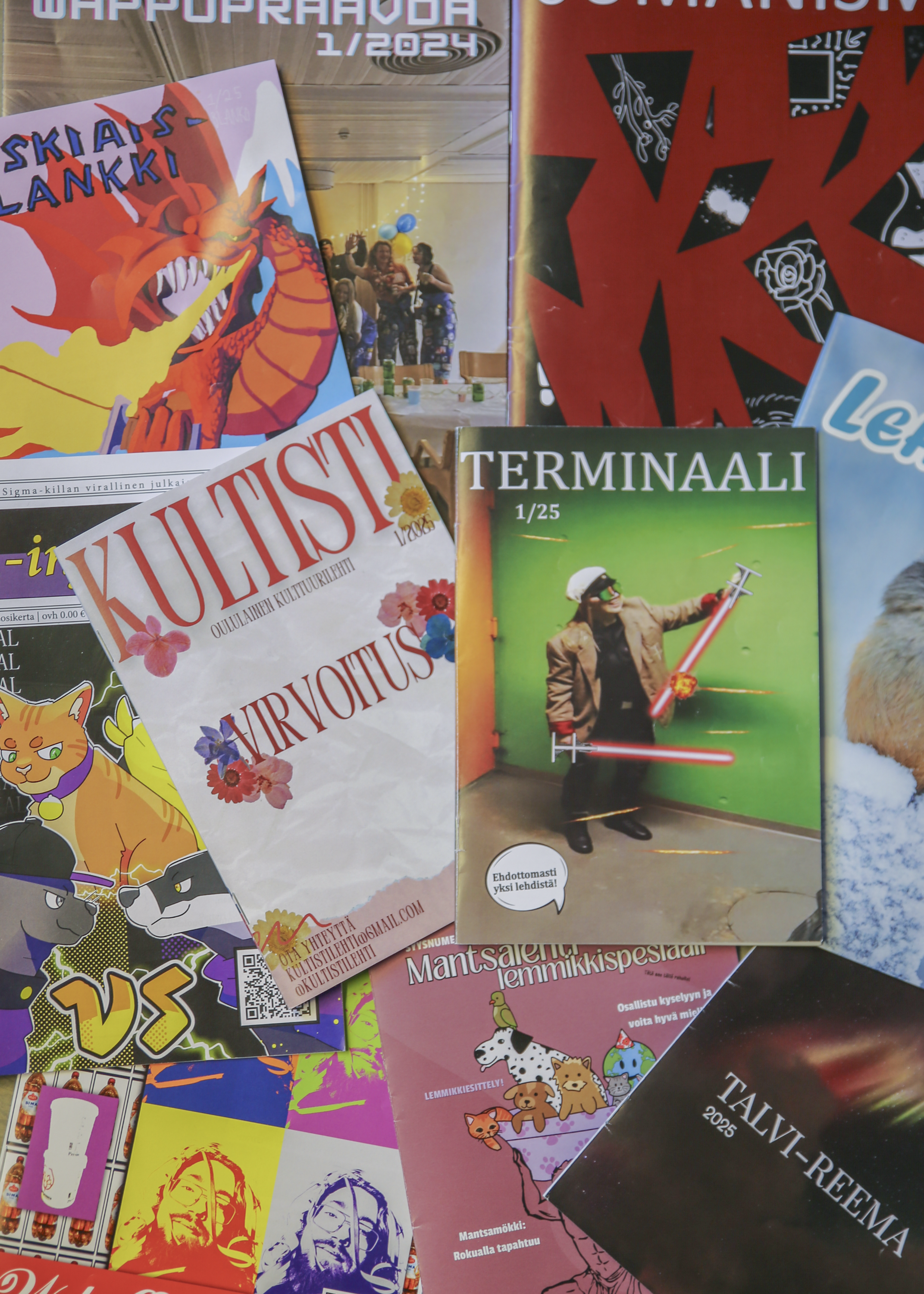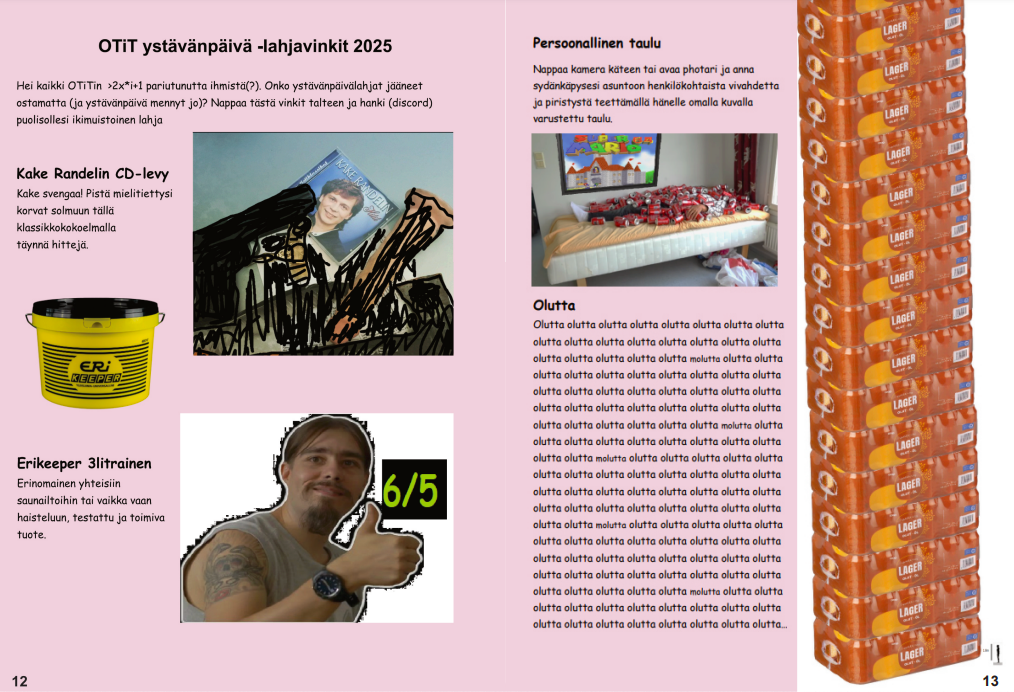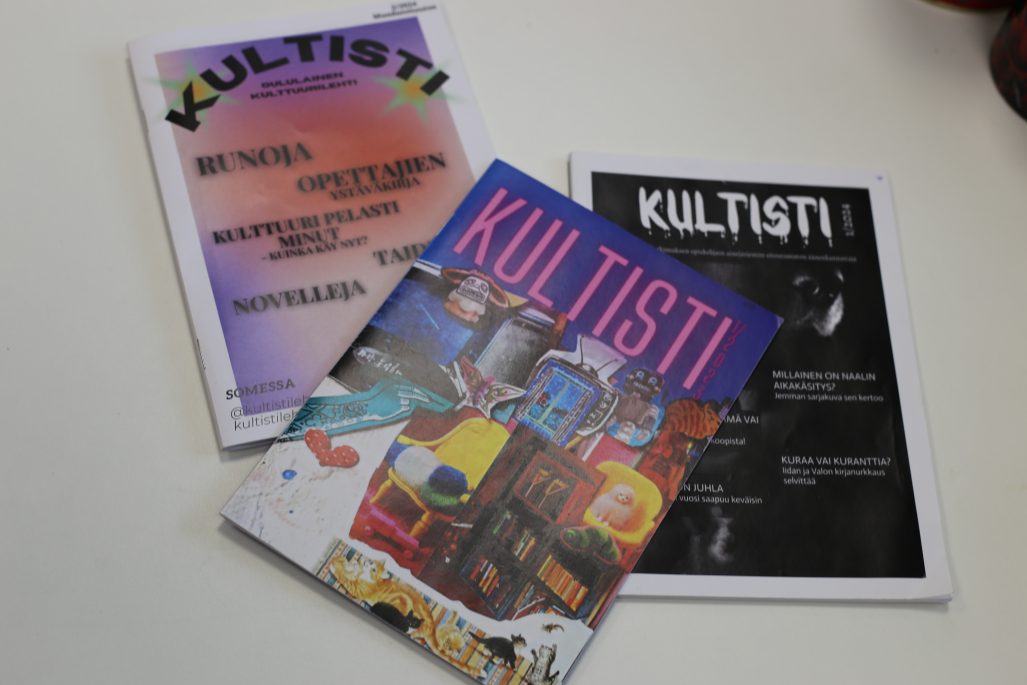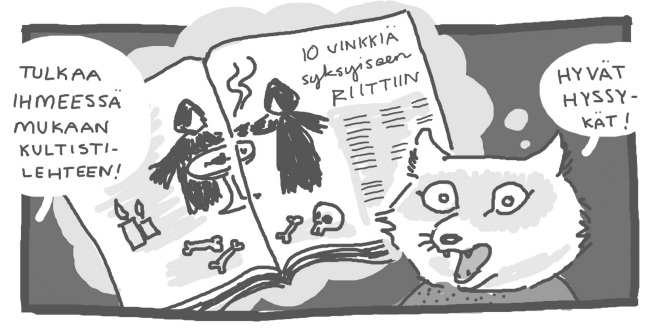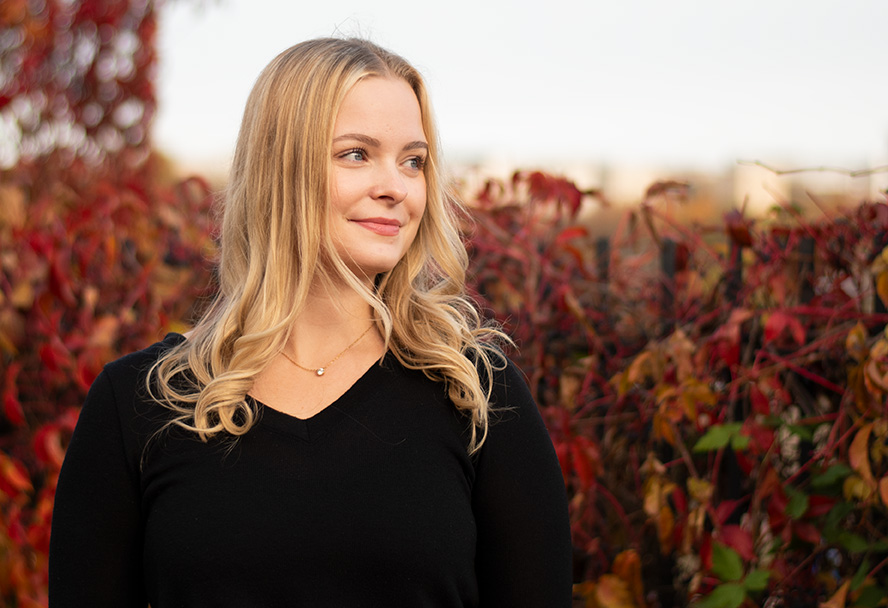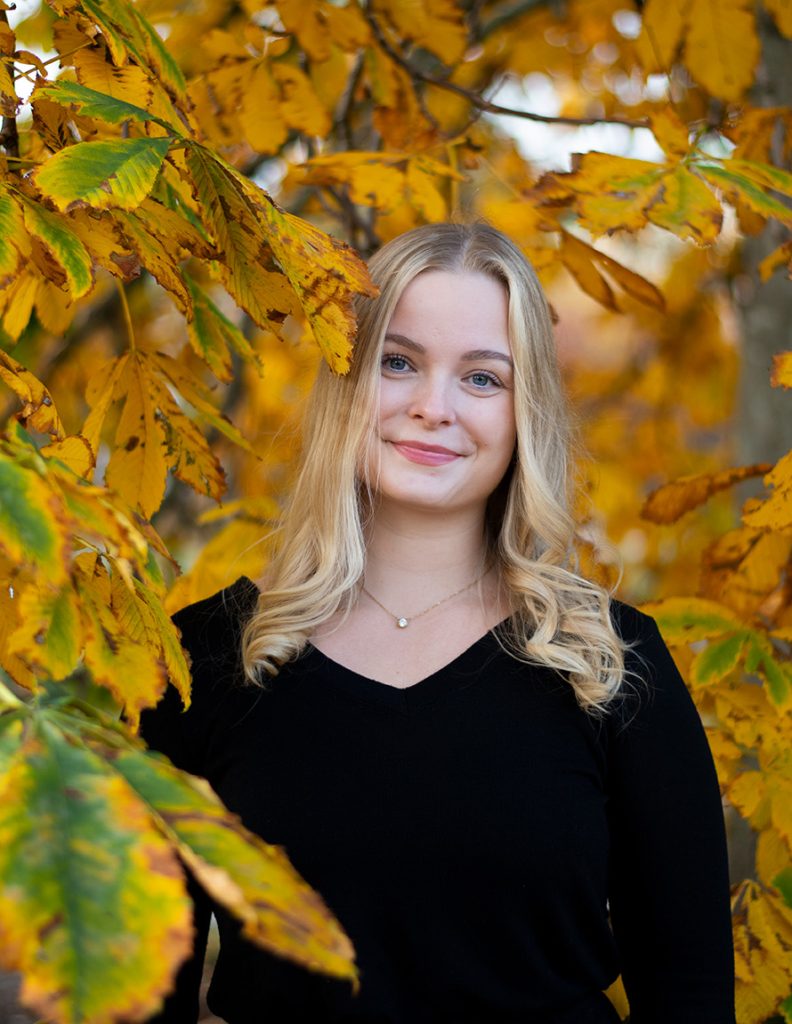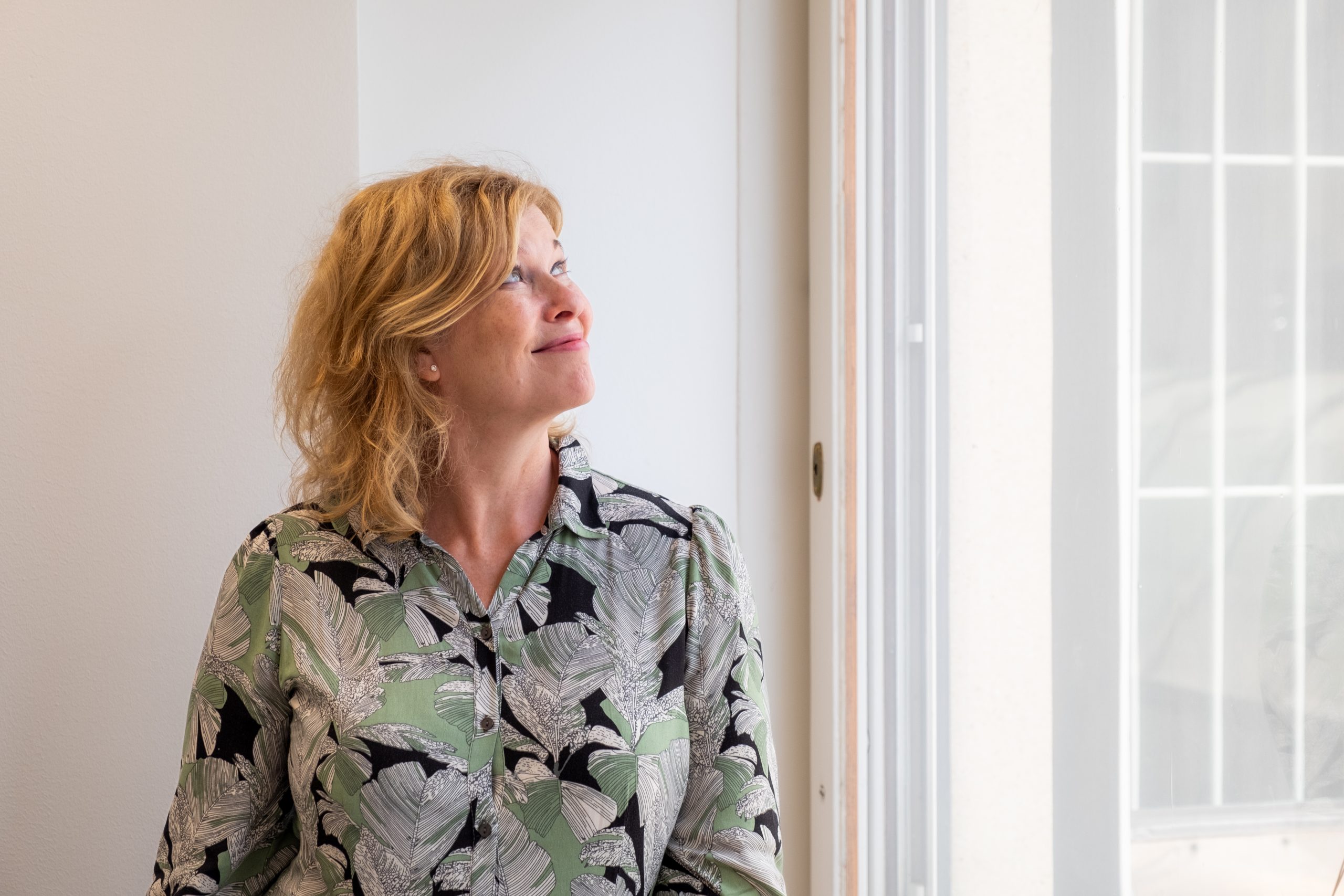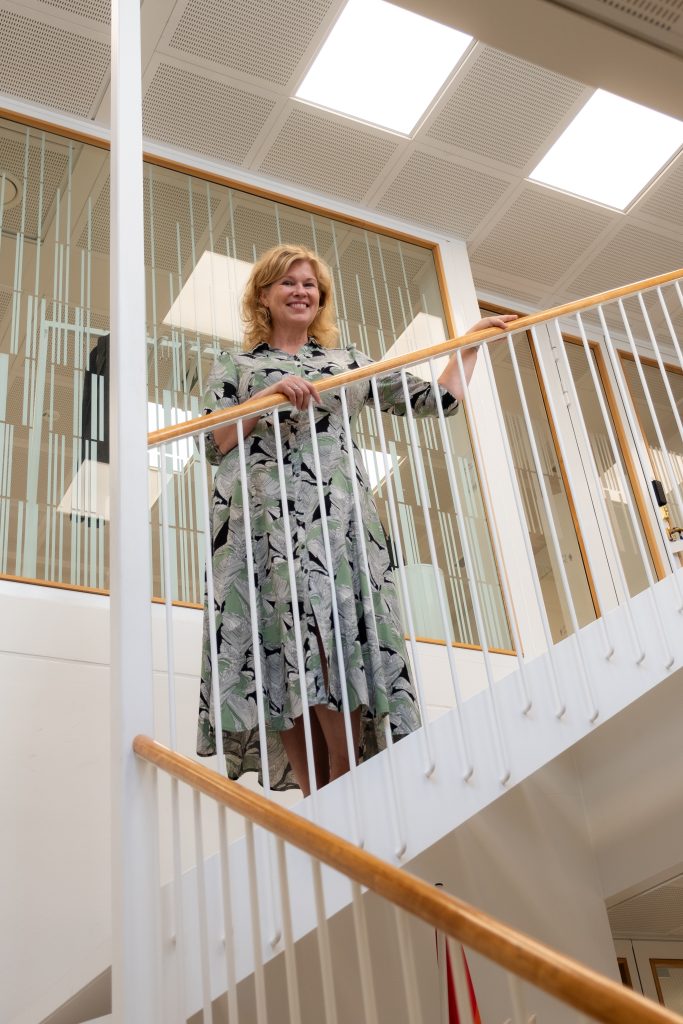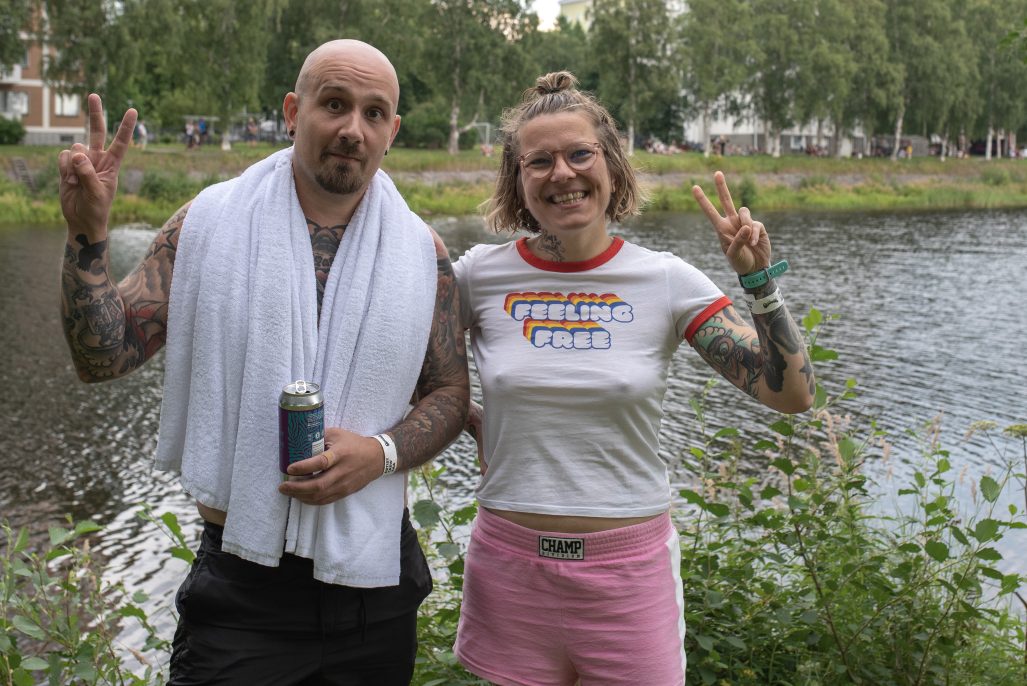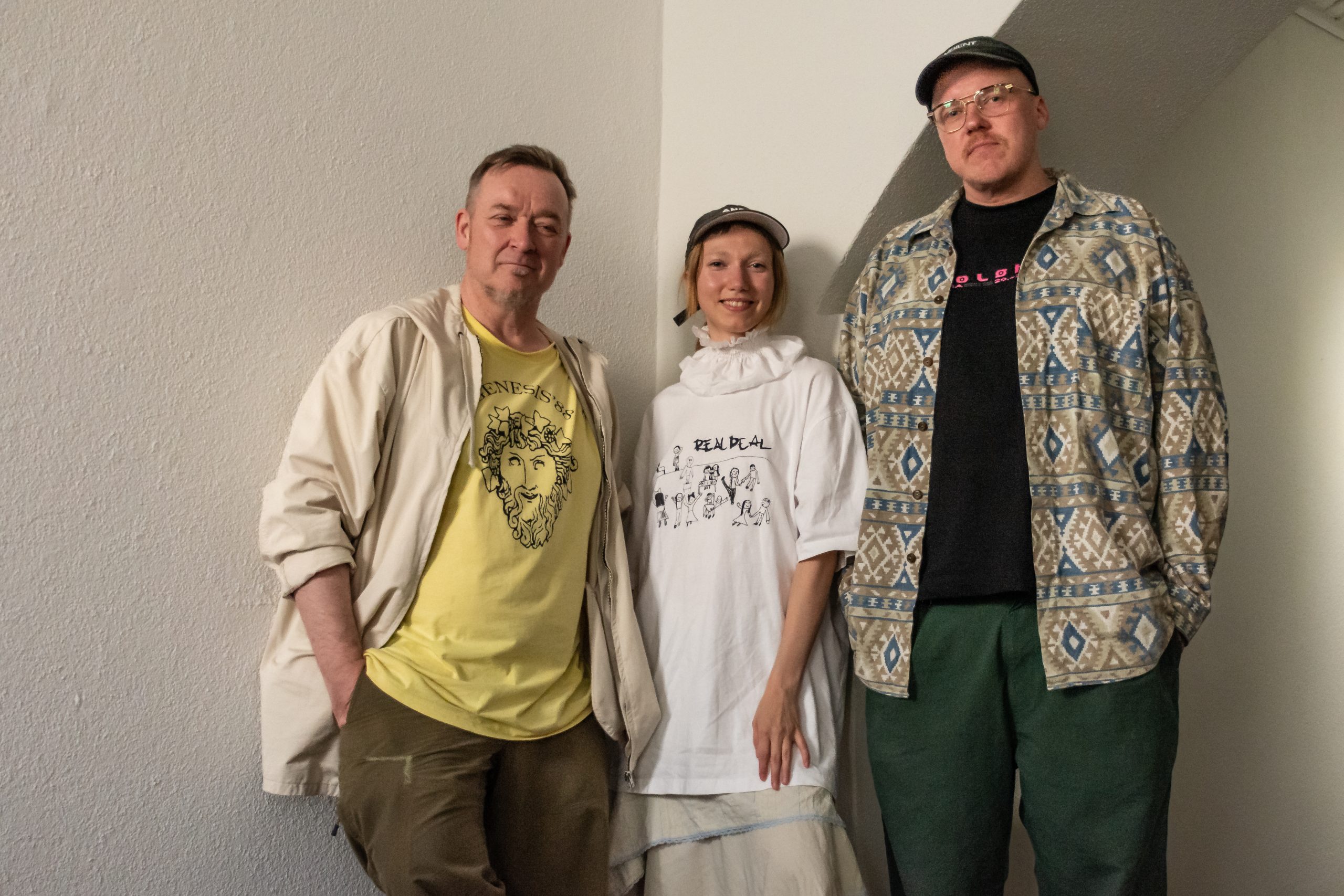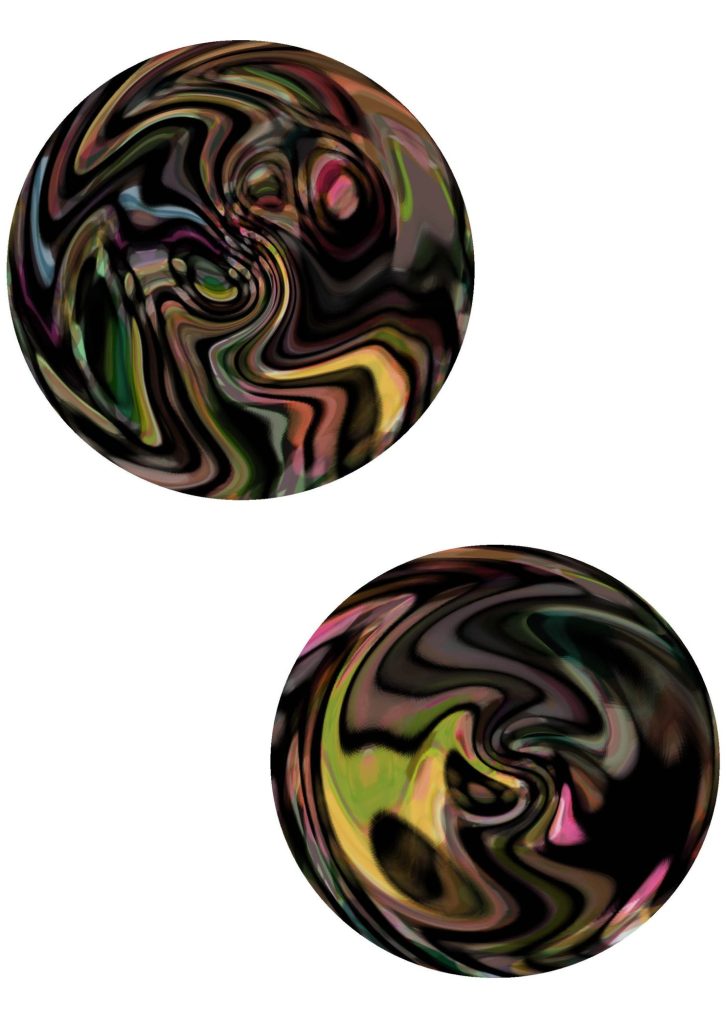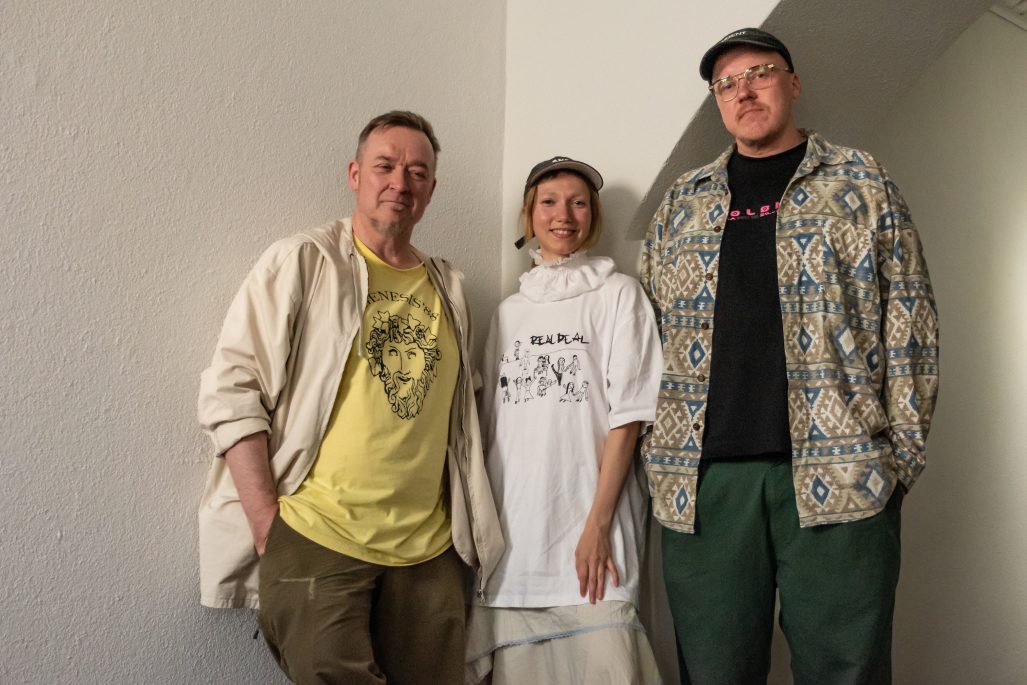When Eetu Leinonen was asked about who he is he answered that for a short while he’s still a student. The 26-year-old Leinonen has a master’s degree in philosophy and studies the Finnish language. He has also been serving as the secretary general for the Student Union of the University of Oulu (OYY) from the end of March after the previous secretary general Kauko Keskisärkkä moved on to other duties. Leinonen was chosen unanimously in a student council meeting on the 13th of February.
The job description is not really that simple. The general secretary of the Student Union of the University of Oulu is responsible for the work at the office, the workers and making sure that the financial and administrative duties are going well. In addition the job includes promotion of interests, stakeholder co-operation and corporate governance with the chairman of the administration.
Leinonen also has to do a bunch of representative work. His past as an active youngster politician is part of the reason why it is him who is the general secretary of OYY. He has a long career of organization work and chairmanships. For example he was the chairman of OYY back in 2020.
Leinonen’s story goes all the way back to his high school years and the youth council of Utajärvi which according to him made him interested in youth politics. Ever since then Leinonen has been involved in youth and student politics. This continues to this day. Leinonen is interested in internationality and represents the youth in international arenas as an EU delegate for the Finnish youth.
Leinonen returns for a fourth term in OYY duties. After the chairmanship he has served as the specialist of academic affairs’ substitute as well as the community specialist. In between these positions there has been a break during which Leinonen worked for multiple employers the latest example being the mobility services for the University of Oulu.
The personal motivation for working for a better life for the students made Leinonen come back to OYY. “As a youngster and a student I have a desire to fix the problems I have seen or experienced.”
Leinonen’s motives are not totally altruistic. The experienced, hard boiled student activist and a youth politician sees the position of the general secretary as an opportunity to improve himself with something that would otherwise take a long time.
“You rarely get an opportunity like this at 26 years old. Being the foreperson of a group of eight people and an organization like this and planning the financial aspects of it.”
Plenty of experience from the University of Oulu and the academic community help a lot in succeeding at the task at hand. “My past as a student activist, lobbying experience and all the different tasks in OYY as well as the university as a whole give a wide image of what the university and its community are like. Youth politics have helped out in knowing how to bring the voice of the youth on to the surface and how to lobby.”

A Good Life for the Student
Leinonen observes the activity of OYY from the inside. He sees the student union as an influential part of the university. OYY is a respected and well appreciated organization.
Despite this Leinonen admits that the regular student might be alienated from the organization. The student union is not on the same level as student organizations which are often very close to students’ hearts. “Organizations run by the students do incredibly valuable work for the student community.”
The point of OYY is not to replace the student organizations. It is a promoter of interests and a service organization.
“The student union is an instrument. The students are what makes the university an university and the student union a student union. However, an organization of 12 500 members is most difficult to have an influence on every single student’s life”, Leinonen explains. He admits that OYY’s achievements could be more visible to students.
The general secretary promotes the interests of the students with support and working as an enabler. “The student union is an organization that helps many people grow. It is where you come to learn and get opportunities to try things out.”
Leinonen’s job is to support the administration and the representative council so that they succeed in what they do. On the other hand he enables the work to be done with the creation of proper networks. Previous experience with the youth councils help out in this too. “Lobbying and influencing aren’t easy nor fast or done alone in a single night so I’m sure that I will have a role in that too.”
To Leinonen the motto of OYY “A good life for students” is about finding your own place in the academic world. This view is shaped by his past as the community expert.
“When someone comes to study here they should find their own place in this community be it as an activist, in the administration, or just in a simple friend group. Also that everyone should find their own path, what they want to do in the future.”
The new general secretary reminds us that support during studies is important. “To avoid burnouts and that the workload isn’t too heavy so they can be completed so the next step in life can be taken.”
According to Leinonen, OYY’s promotion of interests supports the communication between student organizations and the university’s governance. “So that the students gain support services that help them out in their studies and that people can meet each other here at the campus and find each other.”
The life of the student needs livelihood and hope for the future
A good life for the students doesn’t just mean that everything is great inside the campus walls. Leinonen is concerned about the financial situation and the employment opportunities of the students. “Many haven’t gotten jobs from the types of careers that usually have a great deal of them.”
According to him, the life of the student needs more hope for the future. That the students’ own place in the world can be found after graduation and that during them they don’t drive themselves into massive financial debts.
“Studying has never been an easy part of life where you can just do as you please. Nowadays gaining livelihood is harder and student debt just adds more pressure about graduating faster.”
He adds that when the studies are planned by the university they do not take into consideration that the student often needs to work during them. Both of these factors at the same time can drive the student weary. “This is unsustainable.”
Taking a look into the future reveals that the population is getting older and that the amount of students is decreasing. Leinonen is worried about the diminishing vitality of Oulu and its employment opportunities. “Could we be in a situation where this city no longer is of interest to anyone?”
When asked about the future of the University of Oulu the brand new secretary general points out the importance of internationality and examining space issues. He hopes that during the decision making process it is taken into consideration that the solutions do not affect the quality of the education or strain the employees.
The diminishing population groups especially hit hard on students and the funding that the higher educational institutions get from the government. Solutions for these problems have been sought from internationalization. Leinonen would like to see the opportunities for continuous and lifelong learning also remembered here. “Working-age people have needs for updating their knowledge, and it doesn’t always have to be studies leading to a degree, which are used to update their skills.”
Also the university’s new real estate strategy work investigates what kind of space is needed in the future. “With the solutions there can be taken actions towards a campus that is truly needed in the future.”
As the general secretary Leinonen wants to be a human-like actor.
“Someone who people aren’t afraid of to come and talk or give feedback to. I want to make it clear that I want to be with the people.”
In addition he wants to advance his own skills. “I think leading is a thing that there is not a singular way to learn it. It comes with experience.”
Fact box:
Name: Eetu Leinonen
Education: Master of Philosophy, statistics (2023). Currently studying Finnish for the sixth year.
Age: 26
From: Utajärvi
Hobbies: Handcraft, knitting and crocheting, reading, playing music. He plays the clarinet.
Language skills: Finnish, English, Swedish, German and French.
Positions of trust: currently serves as Finland’s youth delegate to the EU. Leinonen has a long history in youth organizations and politics.

